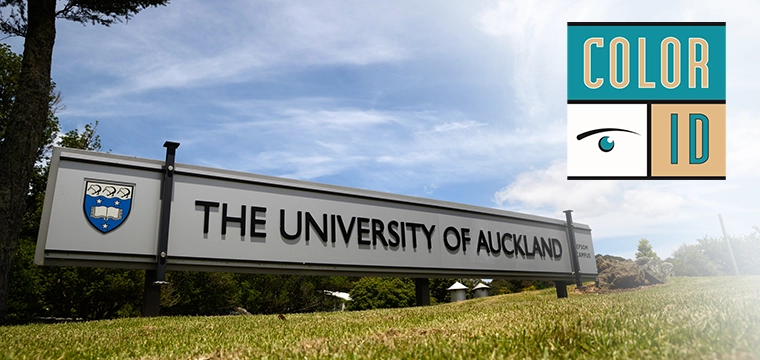
The NACCU Technology Research Committee recently conducted a survey gauging institutional interest in mobile ID, gathering responses from campuses in all stages of the implementation process. The results are in, and respondents painted a complex picture of the the desire for mobile ID, and the hurdles in facing on the road to deployment.
As outlined in a recent NACCU Positive IDentity blog post by Swarthmore College's Anthony Condo, the survey was made available to NACCU Institutional members and garnered 121 responses. The basic demographics of the respondents included an institutional enrollment ranging from under 5,000 to over 20,000, with 70% of respondents from public institutions, and 30% from private.
Results of the survey indicated clearly that the responding institutions are in varying stages of the evaluation and deployment process for mobile credentials:
The deployment timeframe for respondents also varied, with 15 institutions (12%) anticipating being ready in the next 12 months, 37 (31%) in 1-3 years, and 19 (16%) in 3-5 years.
A core component of the mobile transition discussion is the hardware and necessary infrastructure that a campus needs to have in place. It's a lengthy process unto itself, with some campuses needing significant planning and install work to prepare its environment for the arrival of mobile ID.
"Having the required infrastructure in place is a critical component to this process, and could, in itself, be the determining factor of whether or not this project gets off the ground," writes Anthony Condo, Director of Central Services at Swarthmore College. "A clear understanding of your infrastructure requires assessing the current access control in place on campus as well as the types of readers currently deployed."
With regard to an access control assessment, 49 responding institutions (40%) have already completed this process, while 32 (27%) have not. A further 40 respondents (33%) stated that they did not know if an access control assessment had been completed.
The survey also asked respondents about their knowledge of current reader inventory on campus:
Each campus will have its own set of challenges and barriers to implementing mobile ID. Respondents' comments reflect this, but when asked about the biggest challenge to planning for access control upgrades, institutions reported a lack of funding, lack of leadership interest/understanding, and lack of knowledge of current and needed infrastructure as top challenges.
"Usually, the last major hurdle to overcome for mobile deployment is getting buy-in from the leadership at your institution," says Condo. "There will need to be a clear understanding of the value that adding a mobile credential will bring."
While the survey consists of just a sliver of institutions, the responses do help to paint a more vivid picture of the interest in mobile ID, as well as the concerns and challenges campuses are facing as they move closer to a mobile deployment.
"When asked the general question about the biggest obstacle to migration, there was a close consensus regarding infrastructure upgrades, recurring costs of credentials, project management and support, access management upgrade and overall leadership buy-in," says Condo. "The results of this survey seem to clearly indicate that careful consideration and planning must be in place in order to make the migration to mobile."
This is just a snippet of the full report compiled by The NACCU Technology Research Committee. For more on this survey, visit NACCU.org.




